Furoshiki in Japan: The Art of Wrapping Culture and Sustainability
Furoshiki is a traditional Japanese cloth used to wrap, carry, and protect items with functionality, beauty, and cultural depth. Today, it is enjoying a resurgence as a sustainable and stylish alternative to disposable packaging.
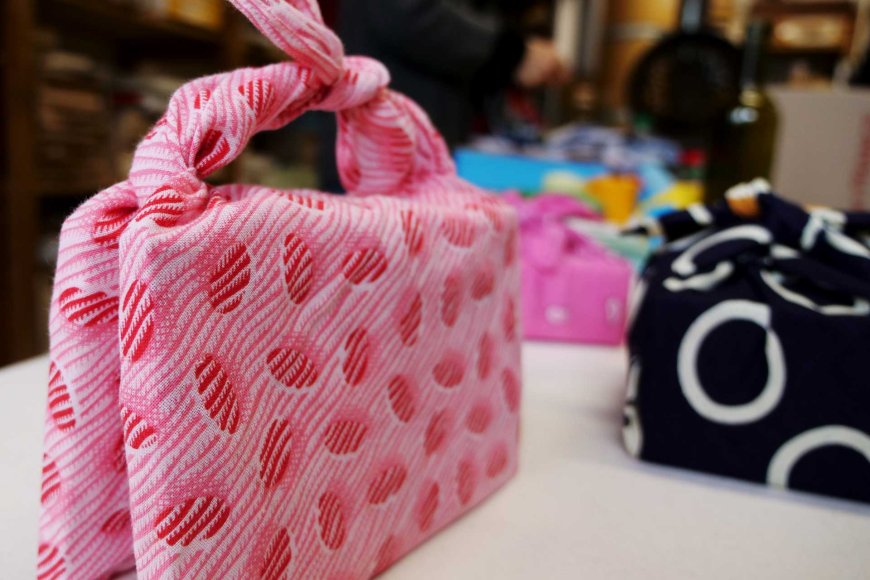
What is Furoshiki?
Furoshiki (風呂敷) is a square piece of cloth traditionally used in Japan to wrap and transport goods, from everyday items to gifts and bento boxes. The term "furoshiki" translates to “bath spread,” as it was initially used to wrap clothes at public baths during the Edo period. Over time, it evolved into a multipurpose wrapping solution that reflects Japanese ingenuity, aesthetic sensibilities, and environmental consciousness.
Today, furoshiki is more than just a fabric—it’s a symbol of mindfulness, simplicity, and cultural pride.
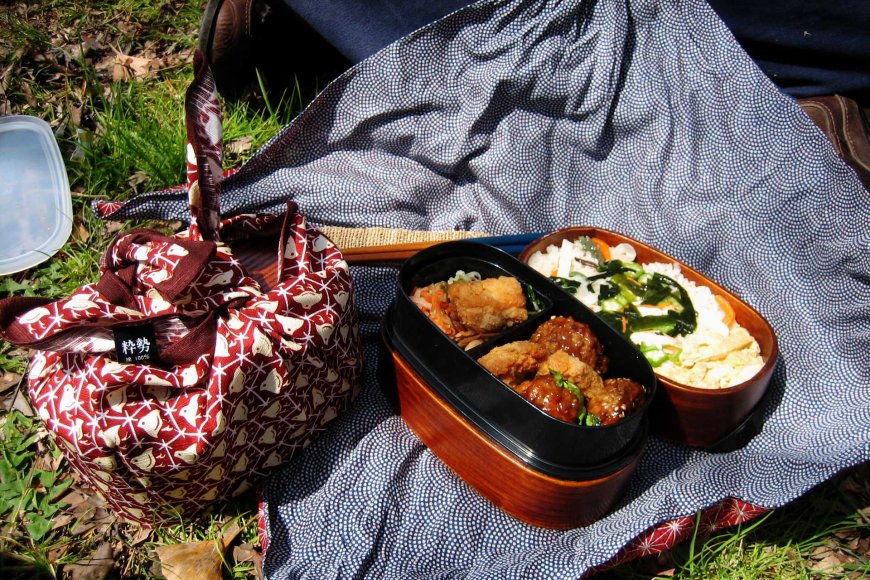
A Brief History of Furoshiki
Furoshiki dates back over 1,200 years, originating in the Nara period (710–794). It gained popularity during the Edo period (1603–1868), where it was commonly used by merchants to transport goods. The fabric would often feature the merchant's family crest or branding, turning utilitarian cloth into a cultural canvas.
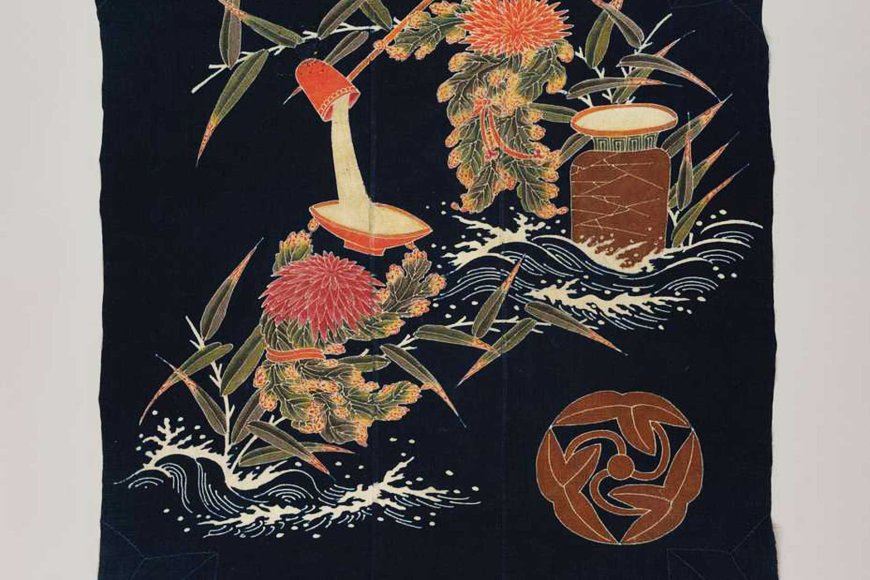
During the 20th century, with the rise of plastic bags and disposable packaging, furoshiki saw a decline. However, due to growing awareness around sustainability, the tradition is being revived and embraced by younger generations and eco-conscious communities globally.

Cultural Significance of Furoshiki in Japan
Furoshiki is deeply rooted in the Japanese concepts of mottainai (wastefulness is shameful) and omotenashi (hospitality). When used to wrap a gift, it communicates thoughtfulness and respect toward the recipient. The cloth can also be returned and reused, promoting a cycle of sharing and minimal waste.
The act of wrapping with furoshiki is often meditative, turning even the simplest tasks into rituals of grace and beauty.

Furoshiki and Sustainable Living
In an age dominated by plastic waste and consumerism, furoshiki represents a quiet revolution. Its reusable nature aligns perfectly with global calls for sustainability and zero-waste lifestyles. Using furoshiki can reduce reliance on paper, tape, and plastic, especially in gifting and packaging.
The Japanese Ministry of the Environment even promoted furoshiki as part of a campaign to reduce plastic bag usage, encouraging citizens to return to this traditional practice.

How to Use Furoshiki: Basic Wrapping Techniques
Furoshiki can be folded and tied in a variety of creative ways depending on the item’s shape and purpose. Here are a few beginner-friendly techniques:
- Otsukai Tsutsumi (Basic Wrap): Ideal for books or lunchboxes.
- Hira Tsutsumi (Flat Wrap): Simple square fold perfect for flat items.
- Bin Tsutsumi (Bottle Wrap): Wraps wine or sake bottles for elegant presentation.
- Yotsu Musubi (Four Tie Wrap): Used for carrying heavy or large items.
There are countless variations, and with practice, the folds become second nature—like origami with fabric.
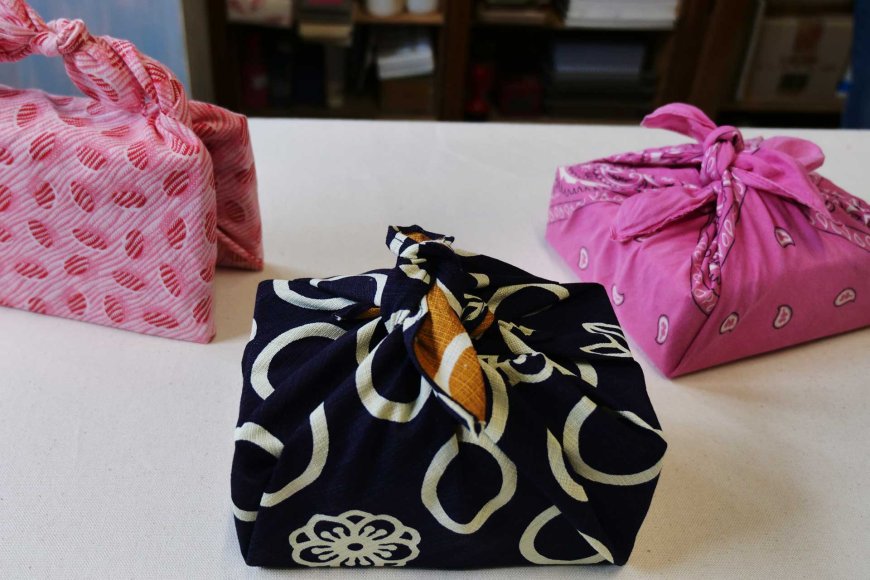
Materials and Sizes of Furoshiki
Furoshiki come in various sizes, materials, and designs depending on their use:
- Common Sizes: 45cm, 70cm, 90cm, and 100+cm
- Materials: Cotton (durable, washable), silk (luxurious), rayon, and polyester (affordable and water-resistant)
- Designs: Traditional motifs (waves, cranes, sakura), modern prints, minimalist patterns
Larger cloths are ideal for carrying groceries, while smaller ones are suited for gift wrapping or accessory use.
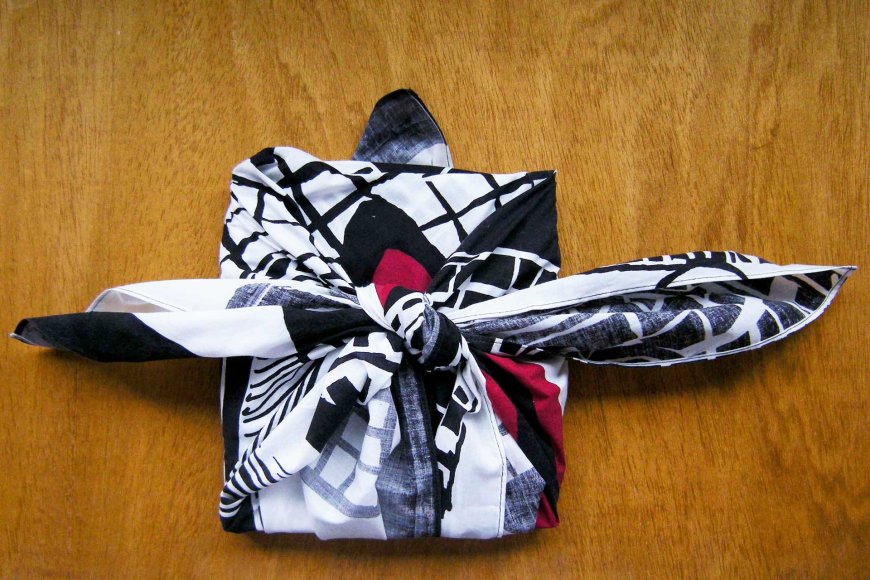
Modern Uses of Furoshiki
Beyond wrapping, furoshiki has found its place in modern fashion and home décor:
- As a Bag: With clever knots, it can turn into a tote or shoulder bag.
- As a Scarf or Shawl: Stylish and functional in colder seasons.
- As Décor: Used as wall hangings or table runners for Japanese aesthetic.
- As an Eco-Gift Wrap: A double gift where the wrap itself is part of the present.
Its versatility and aesthetic charm make it a popular item in Japanese gift shops, craft markets, and online stores.
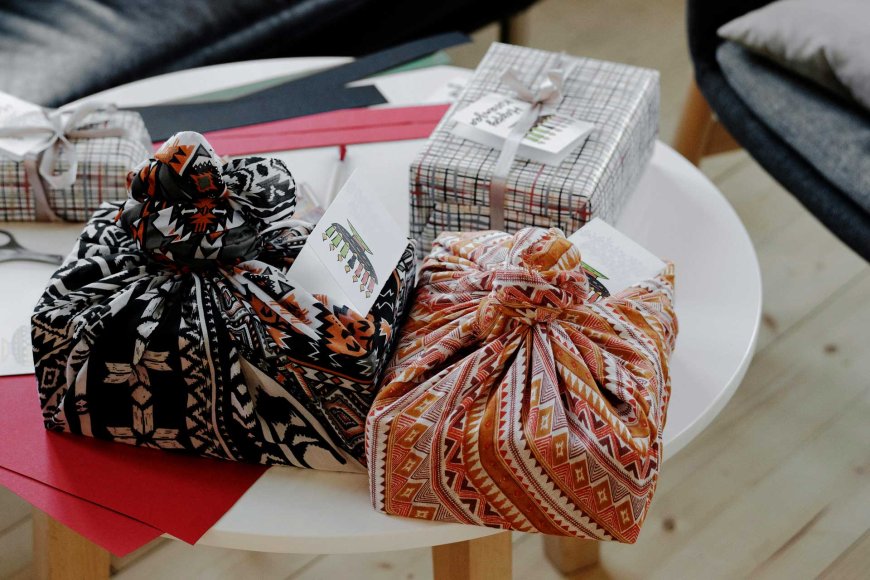
Where to Buy Furoshiki
You can purchase furoshiki from:
- Japanese Department Stores: Like Tokyu Hands or Loft
- Online Shops: Amazon Japan, Etsy, and specialty furoshiki sites
- Traditional Markets: Kyoto and Asakusa often offer hand-dyed or artisan furoshiki
Prices vary based on material and design, but even affordable options carry the elegance of tradition.

Furoshiki as a Gift and Symbol
When you give someone a furoshiki-wrapped gift, you’re offering more than just the item—it’s a gesture rich in culture, care, and creativity. It’s an invitation to reuse, to appreciate the art of wrapping, and to connect with a piece of Japanese heritage.
Furoshiki communicates an unspoken message: "I took time for you."
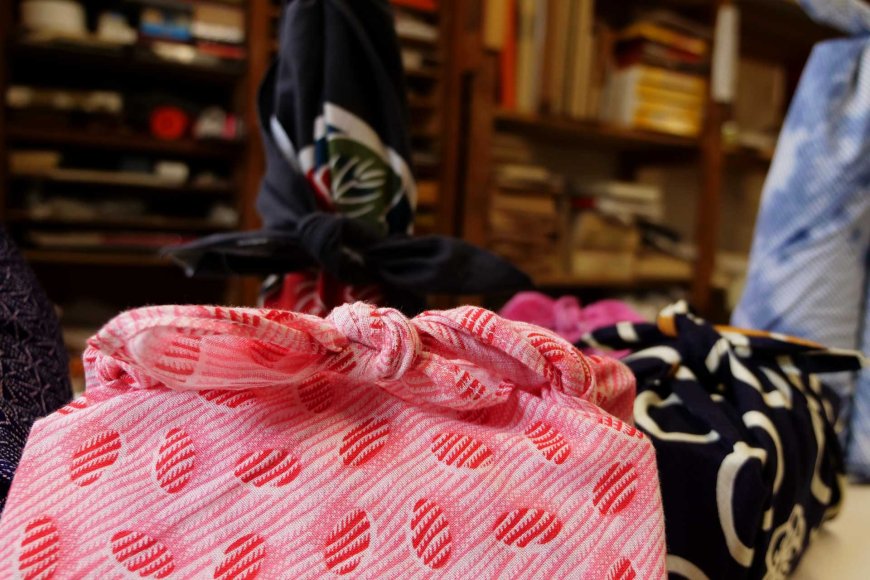
The Timeless Beauty of Furoshiki
Furoshiki embodies the best of Japanese culture—simplicity, respect for nature, and elegance in everyday life. As the world seeks sustainable alternatives, this age-old wrapping cloth offers a practical yet poetic solution.
Whether used for fashion, function, or environmental change, furoshiki reminds us that beauty can be found in the folds of tradition.
Nipino.com is committed to providing you with accurate and genuine content. Let us know your opinion by clicking HERE.






























































